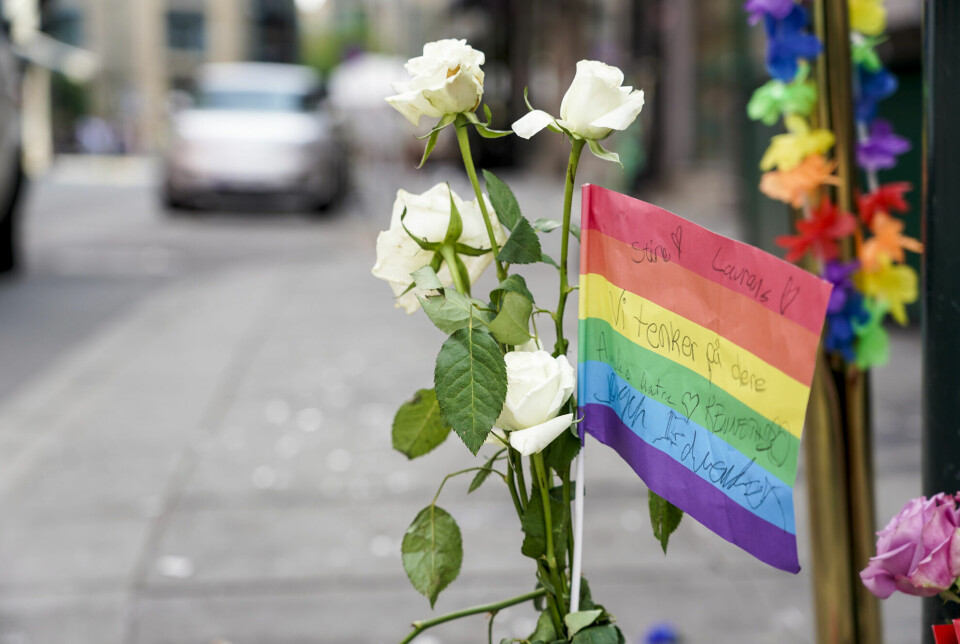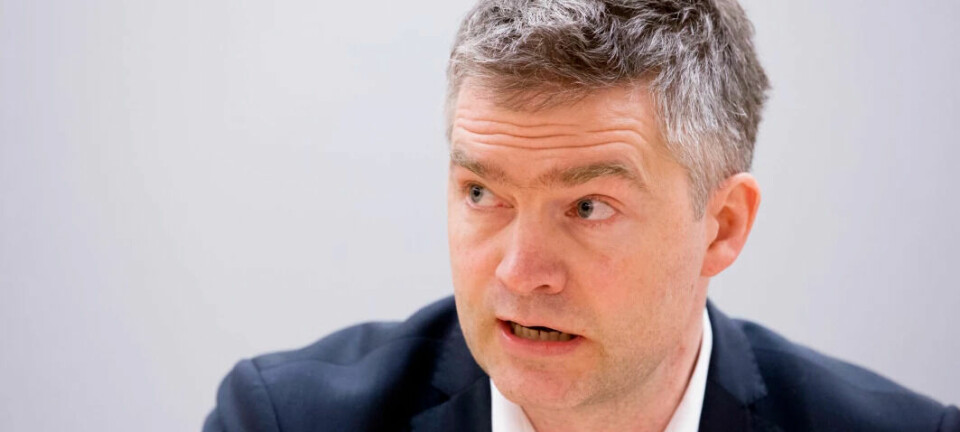
Researcher: The next terrorist may come from the countryside – municipalities must be vigilant
Large cities have good measures in place to prevent radicalisation, but potential extremists could just as well live in the countryside. Municipalities must be vigilant, researcher believes.
“No one knows whether the next terrorist will come from Oslo, Bergen, or another city in Norway. Given that radicalisation often happens online, the location of a potential extremist can be entirely random,” says researcher Per Moum Hellevik at the Norwegian Centre for Violence and Traumatic Stress Studies.
He has written a report on the role of mental health services in preventing extremism and violent extremism. The municipal health services and district psychiatric centres have a responsibility, Hellevik points out. But not everyone is aware of this.
“If you talk to the health services, many of them don’t even know they are part of the prevention work,” says Hellevik.
His interviews with staff from various preventative services, including municipal health services, have culminated in a report to be delivered to the Norwegian Directorate of Health and the Ministry of Health and Care Services on Tuesday.
Not just an urban issue
Cities like Oslo, Bergen, and Fredrikstad have experience in dealing with radicalisation. There, the population is denser and the risk higher. Naturally, they allocate more resources to prevention.
However, Hellevik believes that small municipalities cannot afford to neglect the issue, even if the perceived risk is lower there. The reason is that the aftermath of a terrorist attack is devastating, affecting more than just the immediate casualties. It instils widespread fear, undermines democracy, and violates human rights.
The inevitable question then becomes whether signs were missed that could have prevented the tragedy.
Not so costly
Hellevik understands that small municipalities must prioritise rigorously when they have to manage many significant tasks with limited resources.
“We’re not asking for health services to do much differently, but they need be aware of this issue. I don't think it costs too much to address it,” he says.
Among the measures he suggests are:
- National, professional guidelines for handling extremism, similar to what health authorities have for eating disorders and substance abuse.
- Training for health personnel in prevention work. They should also receive clearer guidelines on what information they can share, and how, without violating confidentiality.
- Establishing groups where police, health personnel, and others can discuss individuals they are concerned about.
No ‘holy grail’
Following the shooting the night before the Pride parade in Oslo in June 2022, it emerged that the perpetrator, Zaniar Matapour, had been suffering from mental health problems for many years and was on the Norwegian Police Security Service’s ‘list of concerns’.
But it's not that simple, says Hellevik.
"The idea of identifying a clear risk profile has been something of a holy grail. However, no such profile has been definitively identified by research,” he says.
“Putting a heavy focus on mental health alone won’t solve the issue. An overly narrow view on mental health isn’t effective.”
He points out that radicalisation is influenced by a myriad of factors: feelings of alienation, breakups, loneliness, unemployment, or educational disengagement. Mental health conditions such as depression or personality disorders may also be factors.
As a result, a broad spectrum of societal sectors, including social services, educational institutions, law enforcement, and the healthcare system, must play a role in prevention efforts, Hellevik argues.
———
Translated by Alette Bjordal Gjellesvik
Read the Norwegian version of this article on forskning.no
Related content:
Most viewed
No content

































